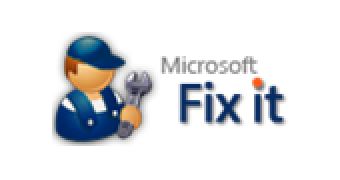An online resource from Microsoft is designed to diagnose and repair Windows operating systems, including Windows Vista SP2. The Microsoft Automated Troubleshooting Services are set up to perform what the Redmond company refers to as common system maintenance tasks. Specifically, the Automated Troubleshooting Services will not only detect a range of maintenance problems, including broken desktop shortcuts, unused icons, disk volume errors, and incorrect system time display, but will also correct them automatically, requiring very little effort on behalf of the end users, beyond running the solution.
Microsoft enumerated some of the issues that the services deal with, including: “problems with desktop shortcuts and icons (shortcuts on the desktop don't work or are broken; desktop icons are broken or have not been used in 3 months; startup items don't work or are broken); System maintenance tasks (free up disk space by repairing disk volume errors such as bad sectors, lost clusters, cross-linked files and directory errors; free up disk space by removing error reports and troubleshooting history older than 1 month; set the correct system time and synchronize system clock with the time server) and the following errors: Windows update error 0x80072F8F and the item that this shortcut refers to has been deleted.”
The Automated Troubleshooting Services are the result of steps taken by Microsoft in order to automate resolves delivered to end users through Microsoft KB articles. However, the web-based services are useless in Windows 7 and Windows Server 2008 R2. The software giant indicated that the latest iteration of Windows client and server platforms came with the automated troubleshooting services included by default.
“Microsoft Automated Troubleshooting Services scans your computer and detects the root causes of common problems, then automatically fixes the problems that it finds, and offers additional resources if the problem isn't fixed,” the company notes.
UPDATE: Removed incorrect references to Windows XP. Thanks Christoph!

 14 DAY TRIAL //
14 DAY TRIAL //